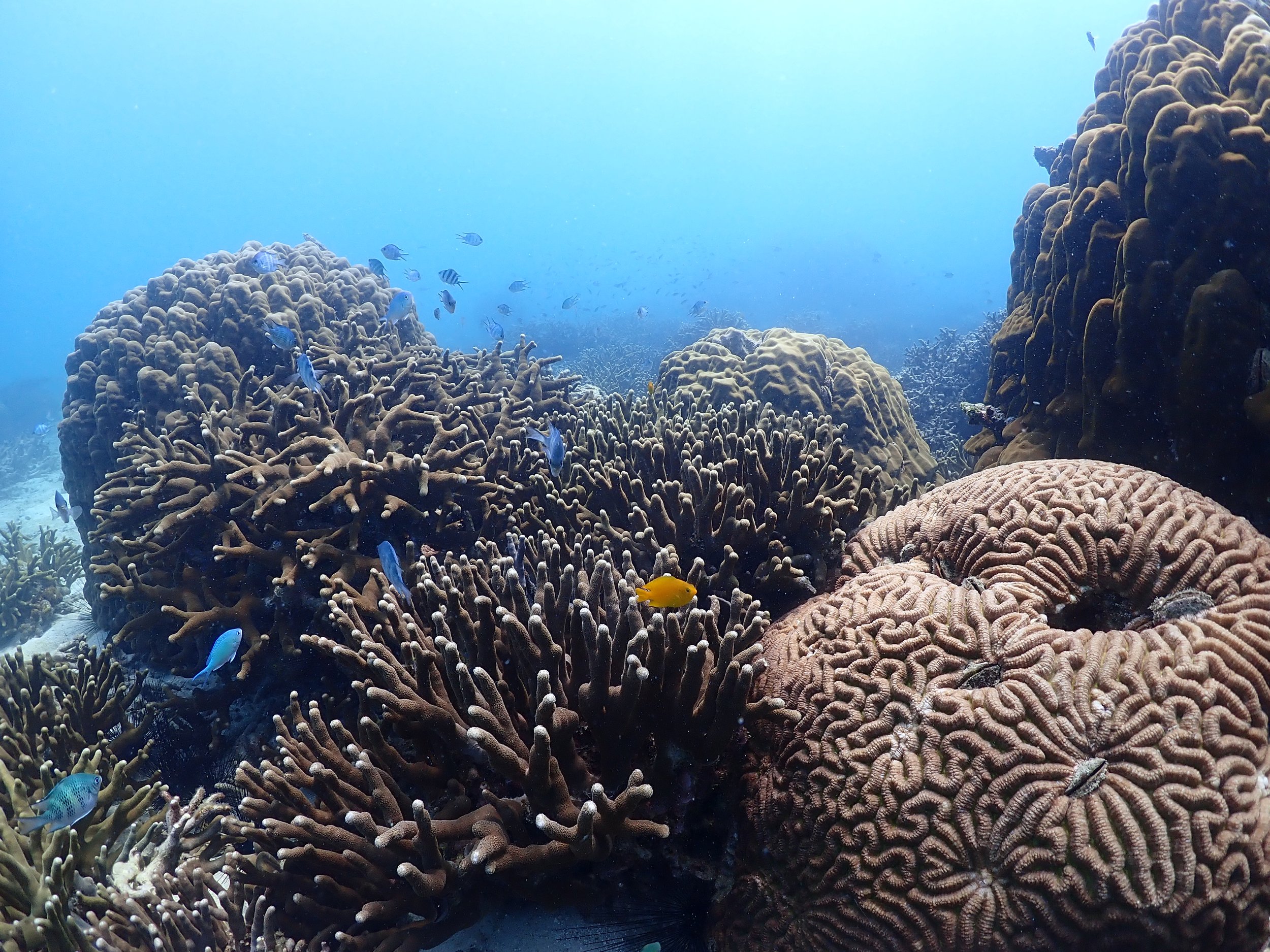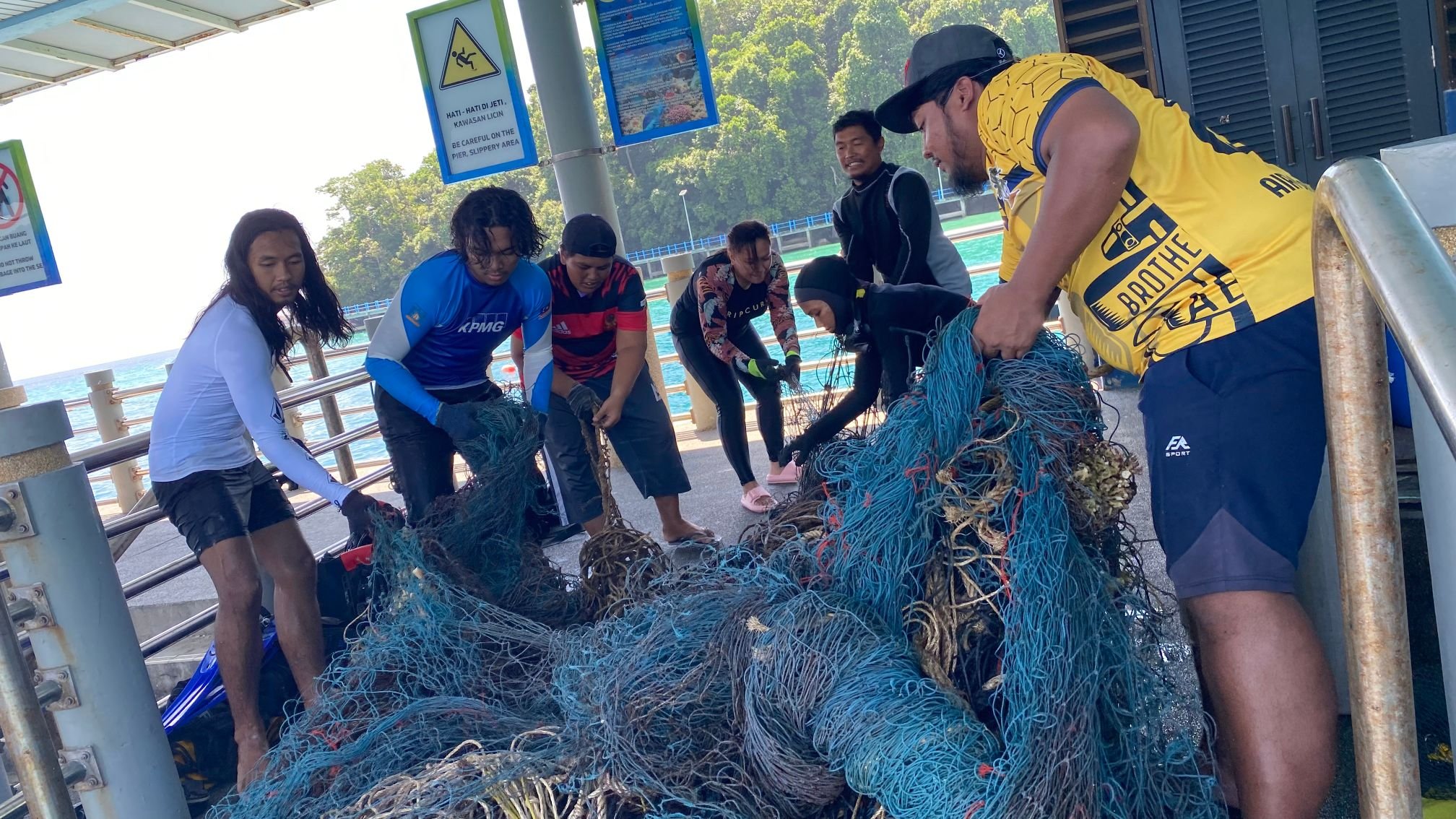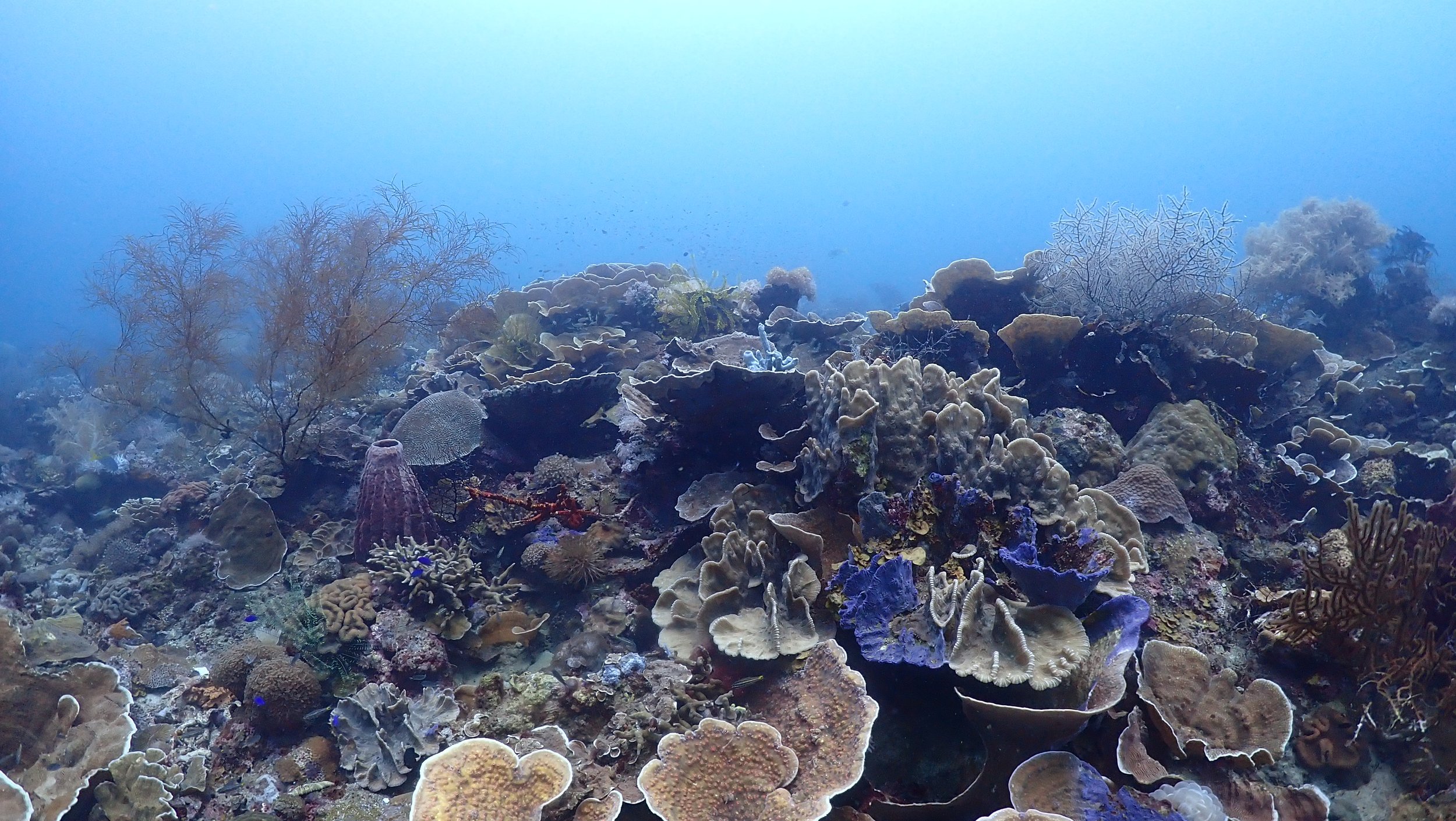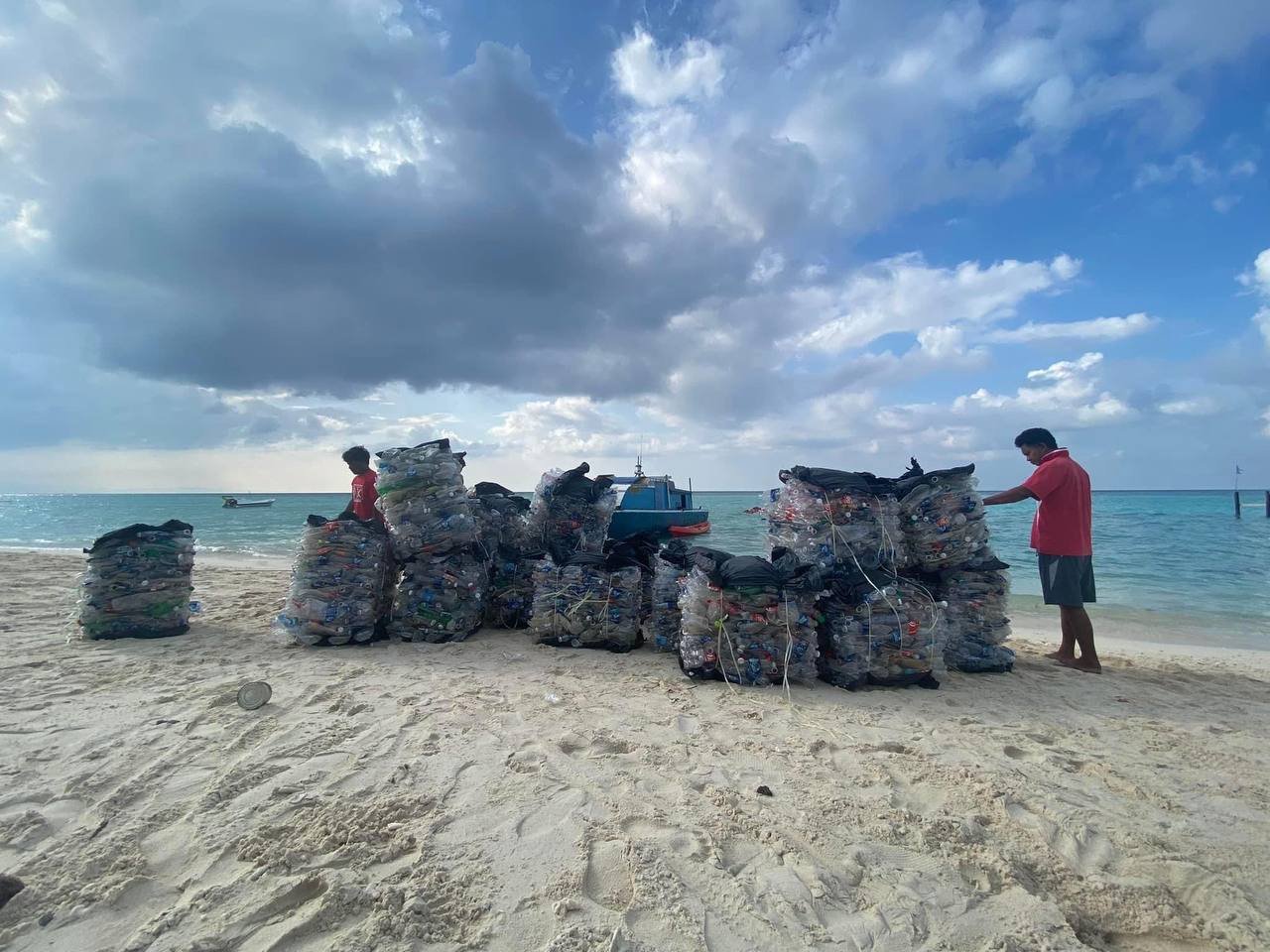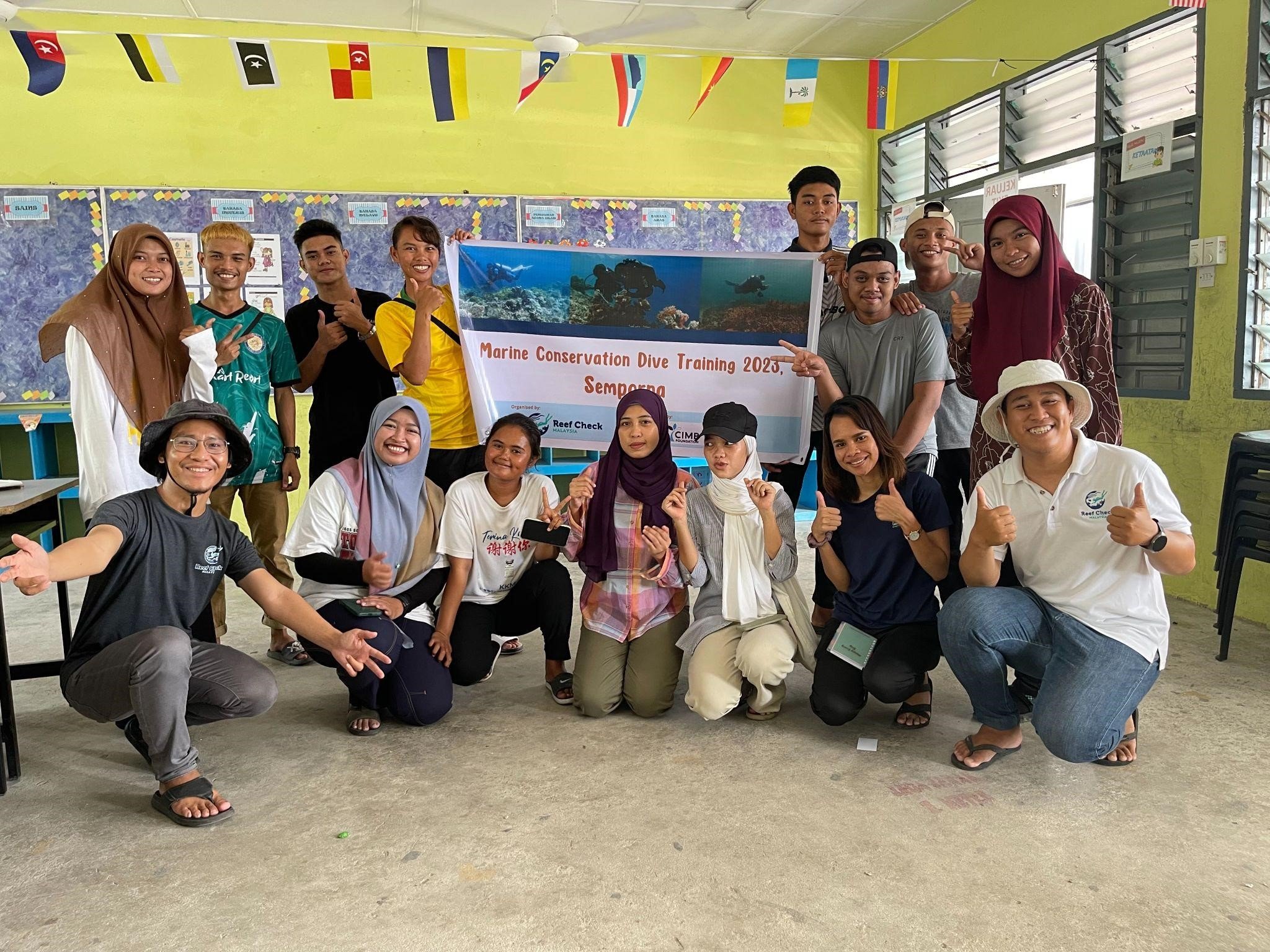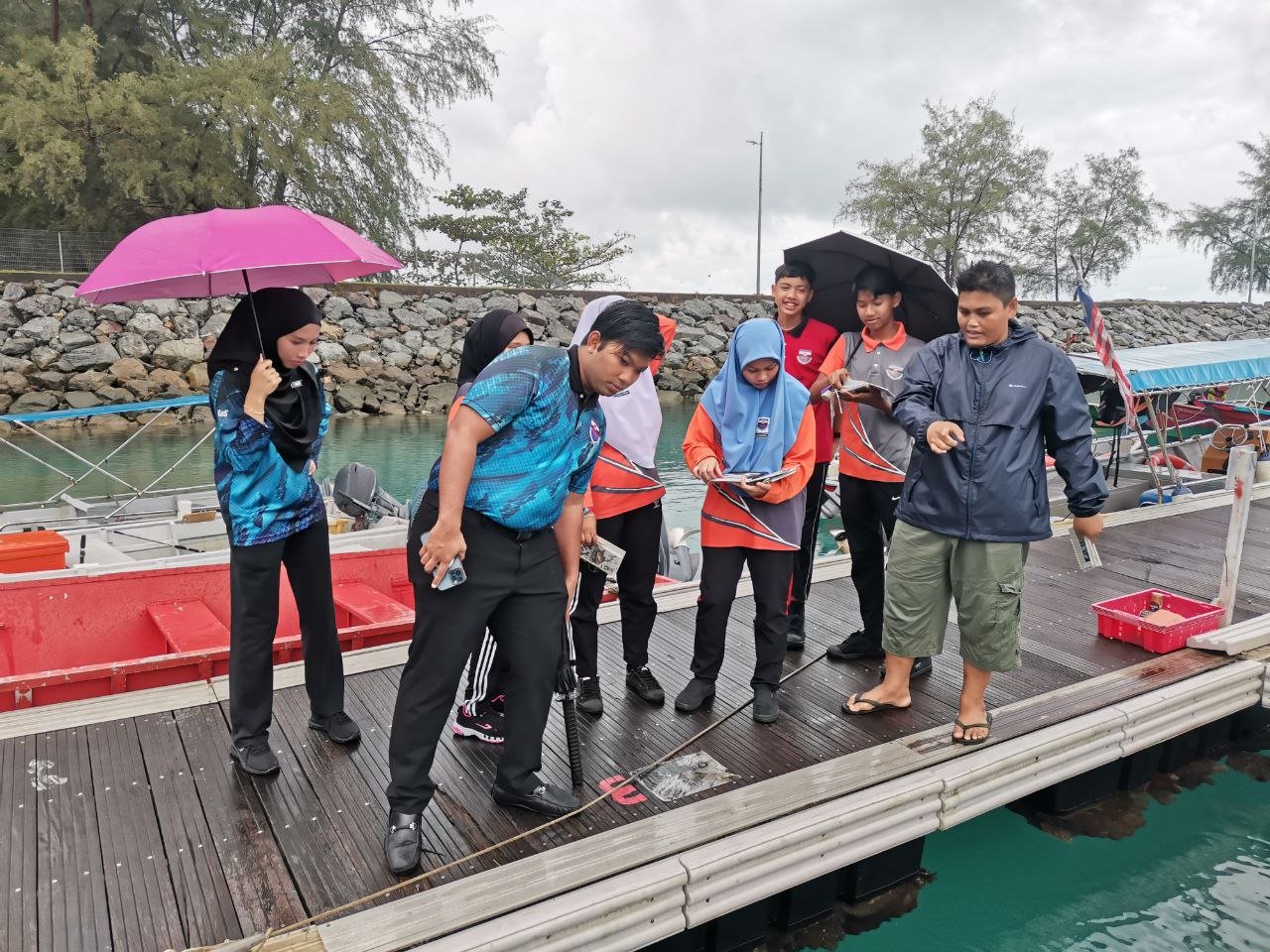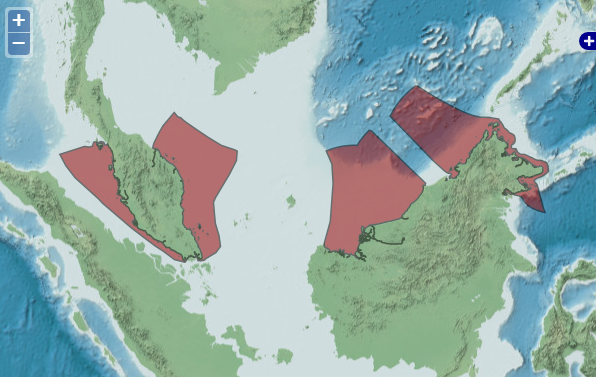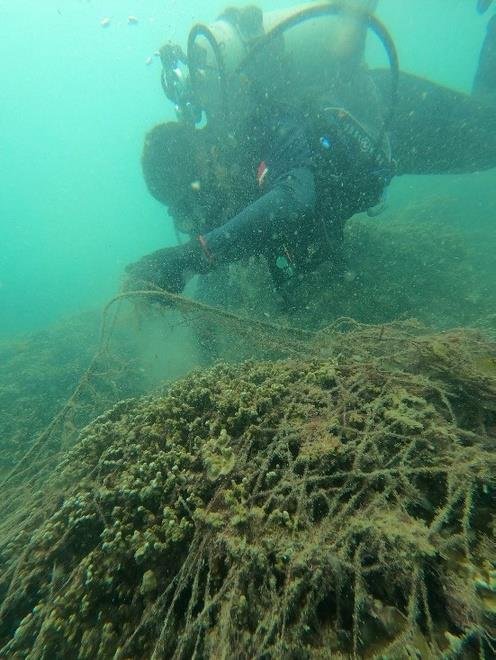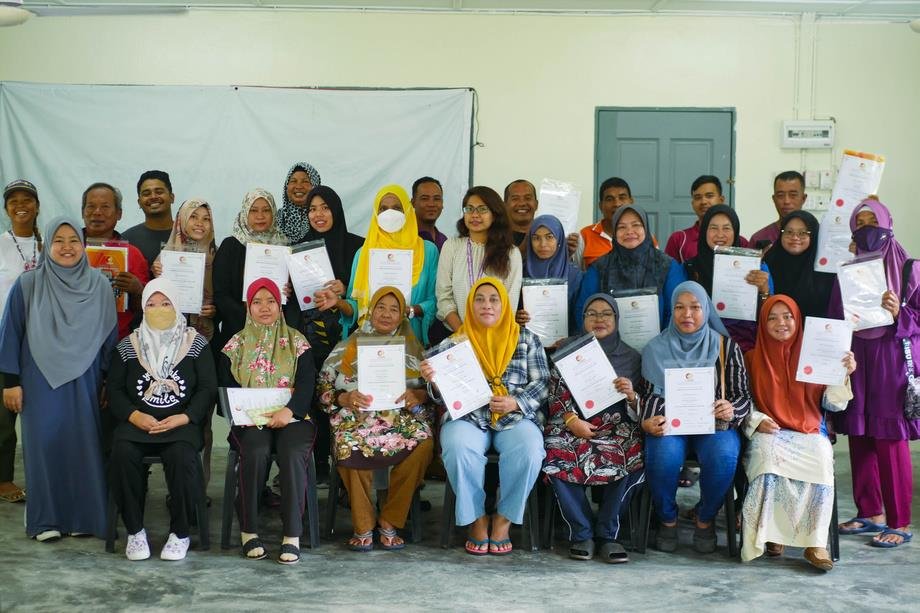The decision last week by the Malaysian government to shelve the proposed airport development on Tioman island is both welcome, and timely, for many reasons.
Conserving Tioman’s natural resources
The most immediate and important reason, of course, is that it paves the way for conserving Tioman Island in its current, largely pristine state. This in itself is a good thing considering the island’s abundant biodiversity resources which, as the world is now (belatedly?) realising, need to be protected.
Tioman Island's beautiful coral reef.
This endeavour would be challenging with a new airport bringing more visitors, and all the consequent impacts that would result from more resort development, more roads and infrastructure, more waste…you get the picture.
So, it is a great start.
But perhaps this opens up so many other opportunities to review old decisions, made with old information and out-of-date thinking, that are just not appropriate in the world as it is today.
If that sounds like hyperbole, then consider the following.
Tourism trends in the post-COVID world
Whither tourism? I’ve talked about this before, particularly focusing on the impacts of large numbers of visitors on people and places.
We saw this in Mantanani Island, where visitor numbers increased, over a 10-year period, from around 50 per day to as many as three thousand per day: clearly not sustainable, with huge impacts on ecosystems and the local community.
Numerous industry surveys tell us that “tourists” are now looking for more “authentic” experiences, less crowded, with intact nature, the whole thing. Quiet, private, pristine.
But which “tourists” are those?
Last week I saw a video of an “island” crawling with tourists. All there for the ultimate Instagram Moment – white sand, perfect blue sea, islands in the distance…and with careful camera angles, the 200 other people sharing the sandbank can be kept out of the shot!!
Apparently, when asked about such crowded destinations, many respondents said, “it’s ok, we don’t mind – we are used to it”. So clearly, not all tourists are seeking a “private commune” with nature.
I am probably over-simplifying, but can we really segment the tourism industry in this way?
Can we separate out tourists looking for the quiet, nature-focused getaway and tourists who don’t mind more crowded destinations?
And if we can, what are the characteristics of each group in terms of expectations, duration of stay, and spending, for example? Are people looking for the authentic experience willing to pay more – and if so, how much more?
Such an experience suggests more intensive management efforts and limits on visitor numbers – it’s going to be expensive.
So, the tourist will have to pay for it. Thailand is certainly moving in this direction, away from beach/sea holidays to more nature-based tourism. There must be a value proposition for them.
Tourism in Malaysia
Which leads us to the question: which of the above groups is Malaysia targeting?
Because it seems to me that if the division is real, then targeting one group or the other should be a deliberate choice.
You either cater for small-scale, niche market tourists, with appropriate facilities and infrastructure – and charge accordingly. Or you go large-scale, mass tourism, again with appropriate facilities and infrastructure – and charge accordingly for that, too.
Clearly, there are huge implications in this choice for destinations, and the East Coast islands are among the most popular destinations in Malaysia.
Is the plan to drastically increase tourism numbers? Or is it to target the group looking for an authentic experience? Because islands like Tioman have that – in spades. If the former case, yes, we will probably need new infrastructure, including resorts and transportation. If the latter – maybe less development.
Who makes the decision? On what basis? What research has been done?
I guess what I’m saying is that now might be a good time for Malaysia to rethink its tourism strategy and decide which of these markets to target. Because I don’t think you can cater to both in the same destination; it has to be a deliberate decision.
After all – from a revenue perspective, a hundred tourists paying RM 1,000 per trip brings in the same revenue as one thousand tourists paying RM 100 per visit…but with different challenges.
Managing Marine Parks
While we are reviewing our approach to tourism, maybe it is an appropriate moment to review the approach to Marine Park management. This is because the islands that are surrounded by Marine Parks are popular tourism destinations, and they have what both groups are looking for.
Under the current regime, the Federal government looks after the Marine Park – the doughnut of water surrounding the island; the State governments are responsible for managing the islands themselves.
Which introduces a conflict situation.
State governments don’t have much incentive to protect the sea because they aren’t responsible for it, so perhaps they want to develop tourism. But the Federal government doesn’t have control of development on the islands that might damage the marine resources in the sea…you can see where that ends up.
Perhaps the time has come to review this system.
How about integrating the management of the Marine Park and the islands? How about inviting State governments to participate in managing the Marine Parks so they also get some benefit from that?
In this way, development on the islands can be coordinated with protecting the marine resources – not to mention the terrestrial resources, too.
And while we are at it – let’s give a seat at the table to the local communities living on the islands, too! There is plenty of evidence that local communities make an important contribution to marine resource management where they have a chance to do so – and our own experience on Tioman reflects this.
The Tioman Marine Conservation Group (TMCG) is made up of local islanders.
Biodiversity financing
The final piece of the jigsaw: financing.
The recently signed Kunming-Montreal Post 2020 Global Biodiversity Framework (the GBF) calls for urgent action to protect biodiversity. Importantly it speaks at length about funding for biodiversity conservation, acknowledging the estimated funding gap of US$ 700 billion per year that has been highlighted as one of the key challenges facing us.
There are emerging biodiversity-based financing mechanisms that could release significant funds for biodiversity conservation from the private sector – funds that government just don’t have themselves.
These so-called “biodiversity credits” could be a game-changer in funding biodiversity conservation. Yes, there are risks, and yes, much work needs to be done to introduce appropriate regulations and standards, but on balance, I would say there are some interesting things happening that we are following very closely.
A catalyst for change
All the above ideas and suggestions are strongly supported by policies in Malaysia.
On a national level, the National Policy on Biological Diversity 2016 – 2025 speaks about Malaysia’s commitment to conserving its biodiversity; the 12th Malaysia Plan includes commitments to safeguard natural capital.
In addition, Malaysia has adopted two international agreements: the Sustainable Development Goals, which call for sustainable management of ecosystems, and the recently-signed Kunming-Montreal Global Biodiversity Framework (GBF), which includes commitments to increase protected areas and reduce biodiversity loss.
The above agreements and policies talk extensively about funding for conservation and the role of local communities.
And here’s what that made me think.
Looking at through this lens of change I am outlining; the bigger context of the brave decision announced last week by the Environment Minister, YB Nik Nazri, starts to look even more important.
Imagine it leading to this scenario – a new paradigm in which:
Fewer tourists visit protected areas but bring the same economic value as mass tourism;
Protected areas are sustainably managed by all stakeholders, including local communities, for long-term conservation goals;
Private sector funds are invested alongside government funds.
Joined up, collaborative management.
What’s not to like?

